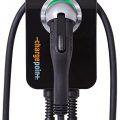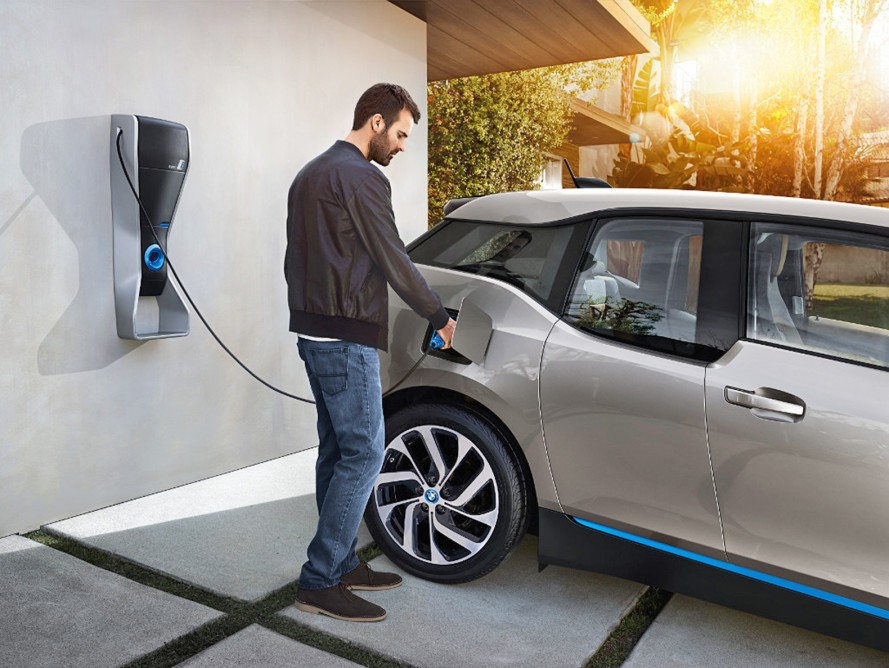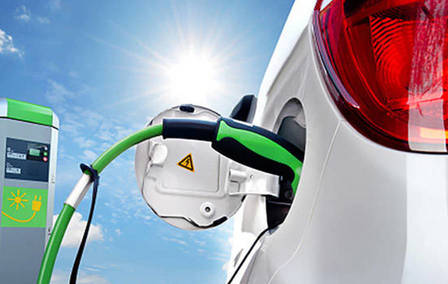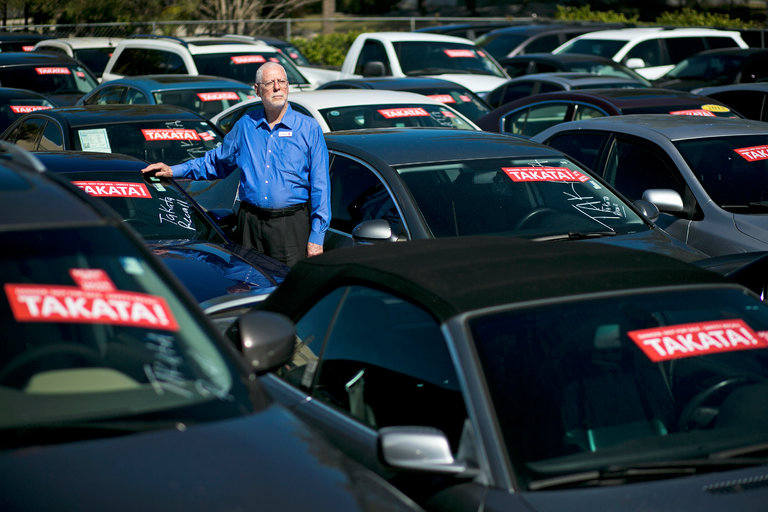Electric Cars vs Snow
 Electric cars sound like a great idea, right? Skip the gas station altogether and just recharge your car in the garage every night for a fraction of the cost. There are three drawbacks of electric cars that have gotten a lot of attention as electric cars have hit the American market. Problem #1 is the high cost of batteries, which makes electric cars pricier than their traditional counterparts. Government subsidies are working to offset the cost issue in short run. Problem #2 is limited range. Range is still a major sticking point. When you drive away from your garage and its charging station, you can drive about 100 miles before recharging. That’s fine for the way most people use their cars on most days. But if you’re driving further than 100 miles before returning home, you’re going to have problem. Electric charging stations are not as plentiful as gas stations, and even if they were, you can’t recharge your battery in just a few minutes.
Electric cars sound like a great idea, right? Skip the gas station altogether and just recharge your car in the garage every night for a fraction of the cost. There are three drawbacks of electric cars that have gotten a lot of attention as electric cars have hit the American market. Problem #1 is the high cost of batteries, which makes electric cars pricier than their traditional counterparts. Government subsidies are working to offset the cost issue in short run. Problem #2 is limited range. Range is still a major sticking point. When you drive away from your garage and its charging station, you can drive about 100 miles before recharging. That’s fine for the way most people use their cars on most days. But if you’re driving further than 100 miles before returning home, you’re going to have problem. Electric charging stations are not as plentiful as gas stations, and even if they were, you can’t recharge your battery in just a few minutes.
Now let’s add another wrinkle. Problem #3 is that electric car batteries don’t fare so well in extreme temperatures. If it’s very hot or very cold out, the battery may last less than half as many miles as it does in more mild weather. If temperatures are freezing, you may only have a range of 40 or 50 miles.
Does this mean that electric cars are impractical in areas that experience very high or very low temperatures? What are the possible workarounds?
Make sure you have enough power to get where you’re going. An electric car is still practical for short commutes. Electric charging stations at work places can effectively double the practical commuting distance.
Move to a sunny locale. Drive your Nissan Leaf in Los Angeles or your Chevy Volt in West Palm Beach. Some places are just more suited to electric cars than others. There are other benefits of living in the sun belt, such as beach days instead of snow days.
Have a backup means of transportation for cold days. Can you carpool on snowy days, or take public transportation? Is telecommuting an option? For drivers who are flexible enough to be able to live without their electric cars some days, this could be a viable option.
Buy a hybrid instead of an all electric car. A hybrid uses electricity when it can, but can also use gasoline. It switches back and forth automatically, using the appropriate source of power for short trips in city traffic or long trips on empty highways. The other benefit of having both is that there is a backup if the battery should run out of power.
Sadly, electric cars just aren’t practical enough for most people – yet. Technological advances in battery design may help. If they can store more power, the range of the cars will increase. If they can protect the batteries from temperature extremes, the battery’s capacity will be more stable. Unfortunately technological advances will require research and development, which means money. And since engineers have been stuck at this particular roadblock for a while, I suspect that it will take a lot of money to clear it. That, of course, translates into higher car prices. This brings us right backto problem #1.









